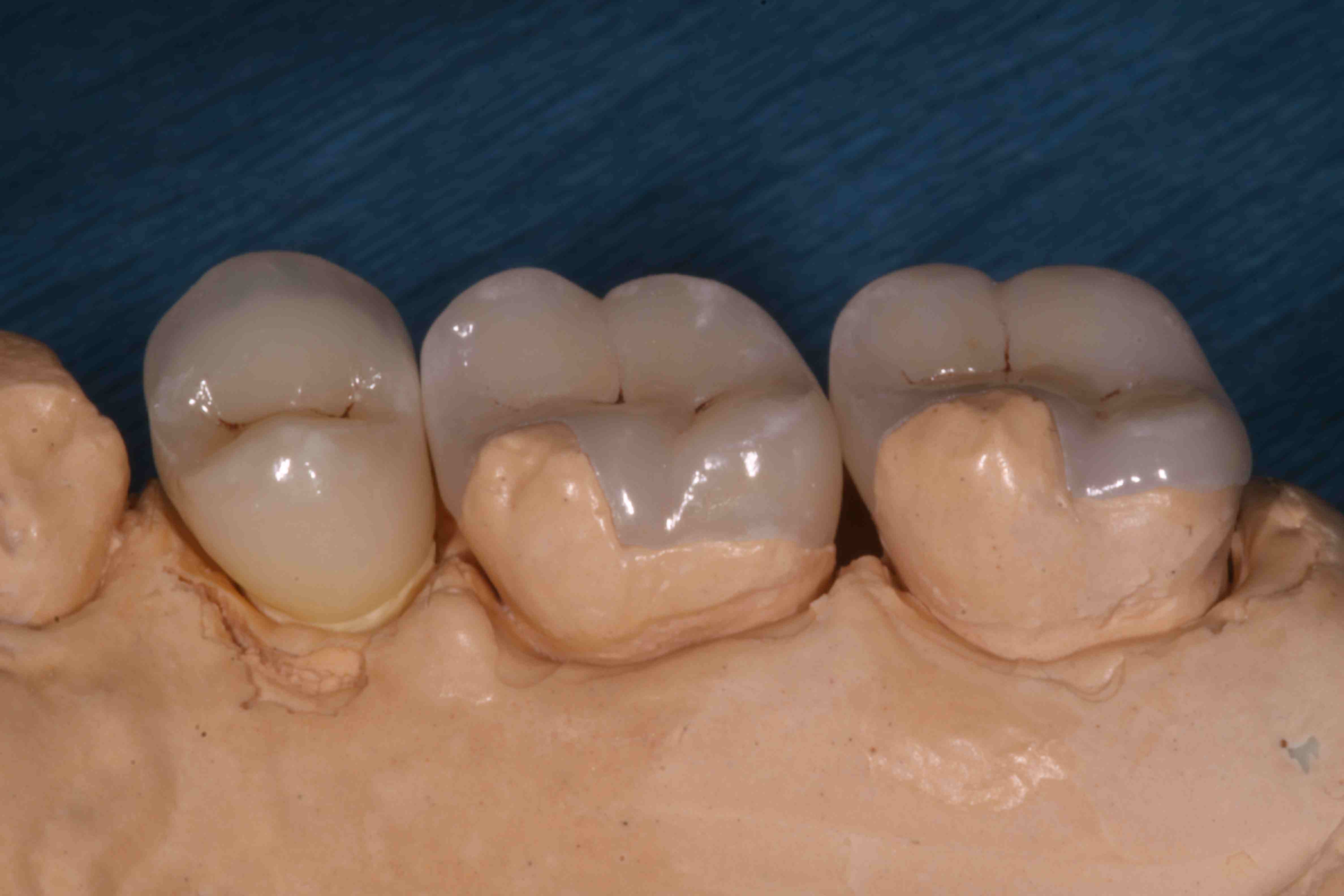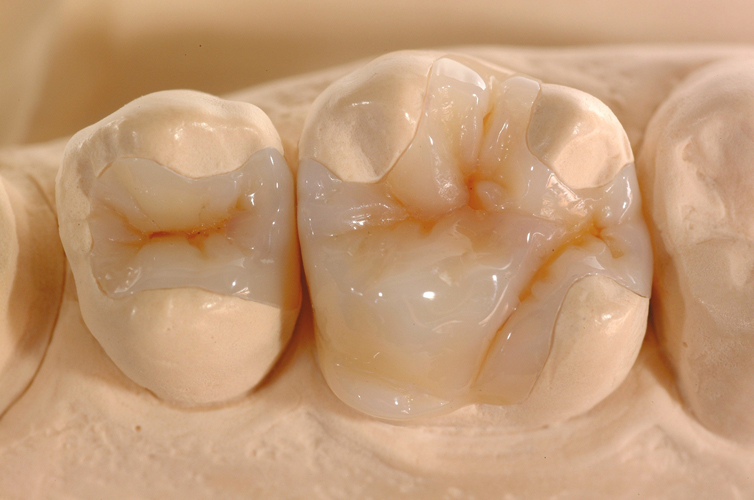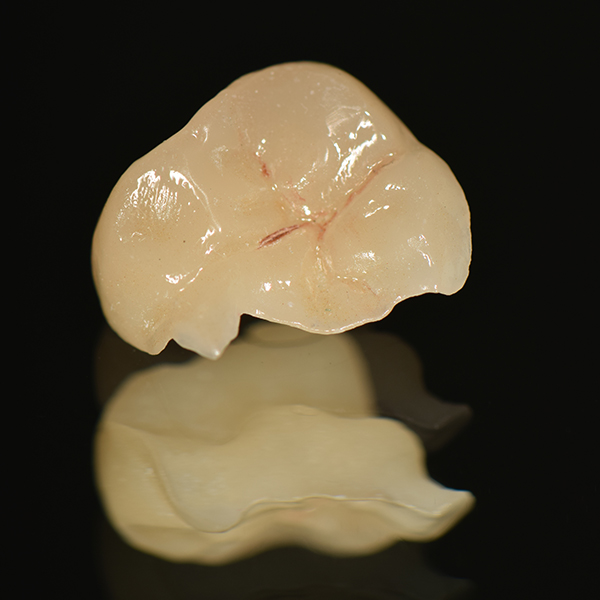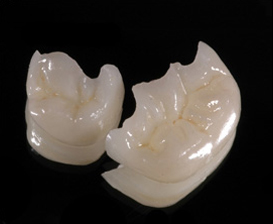Emax Ceramic Onlay

Speedcem plus the self adhesive dual curing luting composite is even easier to use than a conventional cement.
Emax ceramic onlay. Emax is an all ceramic system that is based on lithium disilicate glass and consists of quartz lithium dioxide phosphoroxide alumina potassium oxide and trace elements. The e max crown is a type of all ceramic crown which is preferred for its longer lasting aesthetic qualities. This crown and the zirconia crown are worn due to their highly attractive appearance which ensures that they compliment the rest of your teeth. Emax all ceramic porcelain dental inlays onlays.
Inlays and onlays are a durable and aesthetic method of restoring a tooth that has been weakened fractured or damaged by dental decay or an accident. This video is about ceramic onlay part 2 preparation. The new self curing multilink hybrid abutment was especially developed for the cementation of lithium disilicate glass ceramic onto titanium bases ips e max hybrid abutments and ips e max hybrid abutment crowns. Precise marginal design with a circular shoulder or a chamfer preparation with rounded inner edges is important.
Because it is a block of porcelain as opposed to one that the ceramic artist or dental technician creates by hand the block increases the strength factor of the material. Inlays are used when the raised cusps of the tooth are not damaged. Zirconia is zirconium dioxide a white powdered metal oxide. It is one of the most aesthetically pleasing options porcelain can be layered on it creating incredible translucency and a very realistic looking tooth that matches with other natural teeth.
Careful preparation is decisive for the accuracy of fit and durability of the restoration. Adhesive cementation permits a minimally invasive and thus more gentle preparation of the tooth structure. Emax based all ceramic prostheses are rapidly gaining widespread popularity in cosmetic dentistry due to their excellent esthetics durability and strength. An important step in bonding in an ips e max lithium disilicate restoration is to prepare the intaglio surface of the glass by etching with hydrofluoric acid the quality of the bond is dependent on the effectiveness of how the glass is etched so understanding the manufacture recommendations is critical.
Avoid sharp transitions and feather edges. It is also ceramic. Emax is lithium disilicate glass an all ceramic system.



















